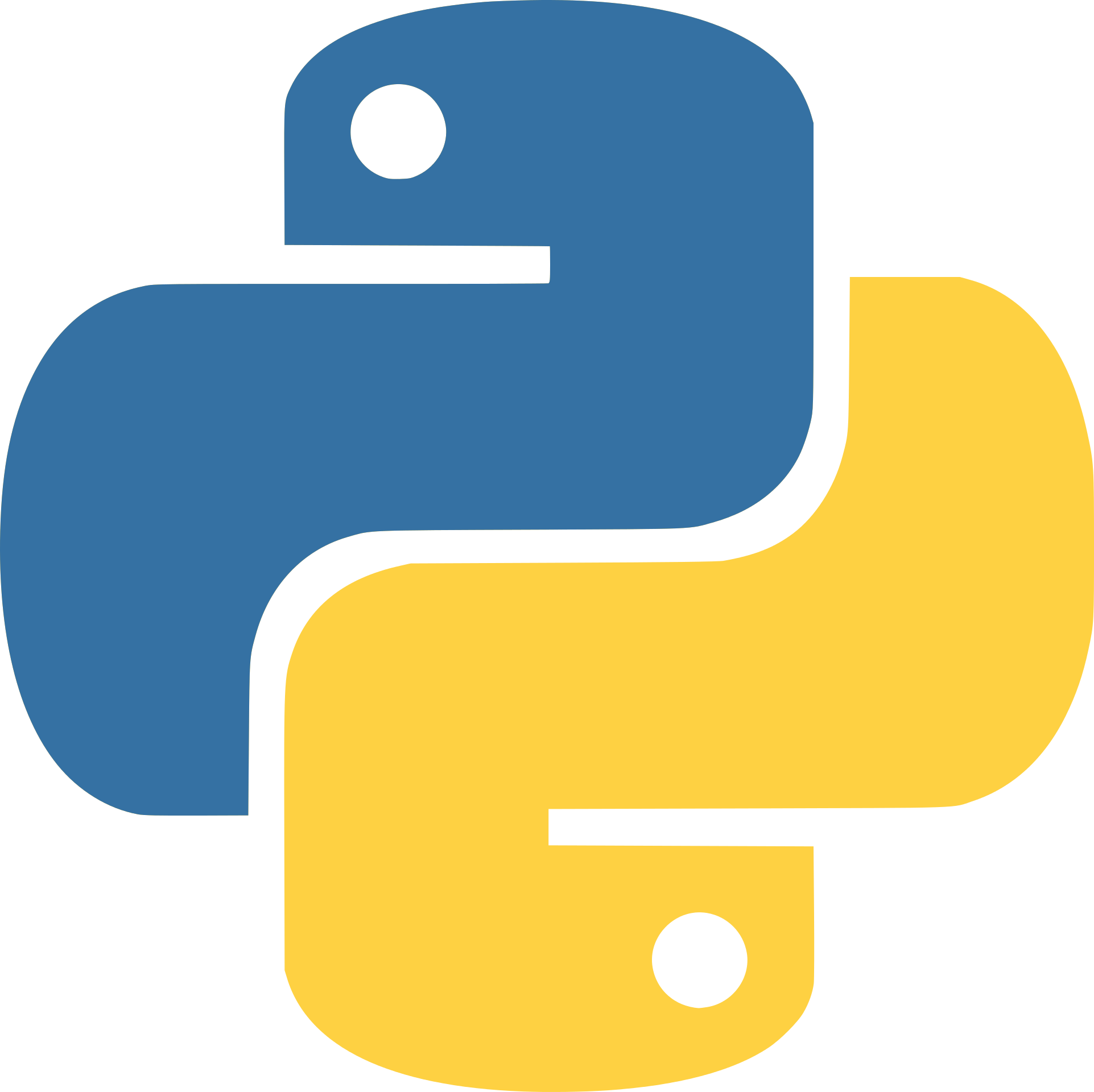Machine Learning (ML) is a rapidly evolving field of artificial intelligence that focuses on developing algorithms and models that enable computers to learn from and make predictions or decisions based on data. Python, a versatile and powerful programming language, has become the de facto standard for developing and implementing ML solutions due to its simplicity, extensive libraries, and active community support. In this article, we’ll explore the role of Python in machine learning and how it’s used to create intelligent systems.
Table of Contents

Why Python for Machine Learning?
Python’s popularity in the machine learning community can be attributed to several factors:

- Ease of Use: Python’s clear and readable syntax makes it a beginner-friendly language. This simplicity is especially advantageous for those new to both programming and machine learning.
- Rich Libraries and Frameworks: Python boasts a rich ecosystem of libraries and frameworks that are specifically designed for machine learning. Some of the most prominent ones include:
- NumPy: A foundational library for numerical computations, providing support for multi-dimensional arrays and mathematical operations.
- Pandas: A library for data manipulation and analysis, crucial for data preprocessing and exploration.
- Scikit-learn: A widely-used machine learning library that offers various algorithms for classification, regression, clustering, and more.
- TensorFlow and PyTorch: Two popular deep learning frameworks that enable the creation of complex neural network architectures for tasks like image recognition and natural language processing.
- Community and Documentation: Python’s strong community support means that you can easily find solutions to common problems and access comprehensive documentation and tutorials.
- Flexibility: Python’s versatility allows you to seamlessly integrate machine learning models into larger software projects.
Implementing Machine Learning in Python

Here’s a simplified overview of the typical steps involved in implementing machine learning using Python:
- Data Collection and Preparation: Begin by collecting relevant data for your problem. This might involve sourcing data from various sources and cleaning it to remove inconsistencies and outliers. Python’s Pandas library is instrumental in these data preprocessing tasks.
- Feature Engineering: Before feeding the data into a model, it’s essential to extract meaningful features. This process, known as feature engineering, can significantly impact the performance of your model.
- Choosing a Model: Depending on your problem (classification, regression, clustering, etc.), you’ll select an appropriate machine learning algorithm. Scikit-learn provides a wide array of pre-built models that are easy to implement.
- Training the Model: Using your prepared data, you’ll train your chosen model. During training, the model learns patterns and relationships within the data.
- Model Evaluation: After training, you need to assess your model’s performance using various metrics. Scikit-learn offers tools for evaluating classification accuracy, mean squared error, confusion matrices, and more.
- Hyperparameter Tuning: Many machine learning models have parameters that need to be configured for optimal performance. Hyperparameter tuning involves experimenting with different parameter values to find the best combination.
- Deployment: Once satisfied with your model’s performance, you can deploy it for real-world use. This could involve integrating it into a web application, mobile app, or any other system where predictions are needed.

Python’s versatility, rich ecosystem of libraries, and strong community support have established it as the go-to language for machine learning. The ease with which beginners can grasp its concepts, combined with the power it offers to experienced developers, makes Python an ideal choice for developing intelligent systems that learn from data. Whether you’re working on simple classification problems or complex deep learning tasks, Python has the tools and resources to support your machine learning endeavors.





